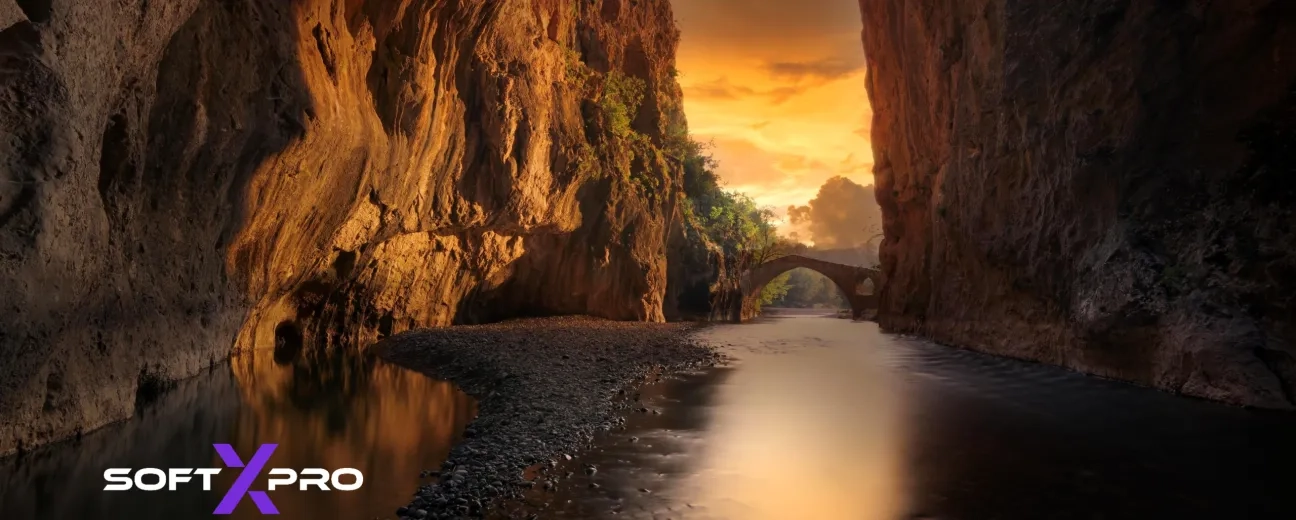How Immersive Visual Design Supercharges Website Engagement

First impressions are no longer just visual. They are visceral.
In 2025, websites are no longer static brochures. They are immersive experiences that pull users in, guide them intuitively, and leave lasting impressions. As attention spans shrink and competition intensifies, immersive visual design has emerged as a powerful lever for engagement, retention, and conversion.
Why Immersive Design Matters More Than Ever
According to recent UX research, 94% of users form their first impression of a website based on its design. That impression is made in milliseconds. But what makes a design truly engaging? It is not just color palettes or typography. It is the ability to tell a story, evoke emotion, and invite interaction.
Immersive design goes beyond aesthetics. It integrates motion, depth, responsiveness, and sometimes even spatial technologies like augmented reality (AR) and virtual reality (VR) to create a sense of presence. These elements do not just look good - they drive results. Retailers using AR and VR have seen conversion rates increase by up to 20% and product returns drop by 25%.
What if your website could feel like a showroom, a storybook, and a conversation - all at once?
The Psychology Behind Immersion and Engagement
Engagement is not just about clicks. It is about attention, emotion, and memory. Academic research shows that immersive experiences significantly boost user engagement and satisfaction. In fact, user engagement acts as a bridge between immersive design and overall satisfaction, with strong statistical correlations.
When users feel immersed, they are more likely to explore, interact, and convert. This is especially true in industries like e commerce, education, and SaaS, where the user journey is complex and trust is critical.
Think about the last time a website made you pause, smile, or scroll just a little further. That is the power of immersion.
Key Elements of Immersive Website Design
So what makes a website immersive? It is not about flashy animations or gimmicks. It is about thoughtful integration of interactive and sensory elements that serve the user journey. Here are some of the most impactful components:
- Microinteractions: Subtle animations that respond to user actions, like hover effects or button transitions.
- Video backgrounds: Dynamic visuals that set mood and context without overwhelming content.
- Scroll-triggered storytelling: Content that unfolds as users scroll, guiding them through a narrative.
- 3D and AR integrations: Especially powerful in retail and real estate, allowing users to visualize products or spaces.
- Responsive design: With over 60% of traffic coming from mobile, fluid layouts and touch-friendly elements are essential.
These elements are not just decorative. They are strategic. They reduce bounce rates, increase time on site, and improve conversion paths.
Immersion is not about doing more. It is about doing the right things with intention and clarity.
Visual Storytelling: The Heart of Engagement
At the core of immersive design lies visual storytelling. Humans are wired for stories. When a website unfolds like a narrative - complete with characters (your users), conflict (their pain points), and resolution (your solution) - it becomes memorable.
Brands that use visual storytelling effectively often combine imagery, motion, and copy to guide users through a journey. For example, a SaaS platform might use animated dashboards to show product value, while a nonprofit might use parallax scrolling to narrate impact stories.
SoftXPro's custom website design services specialize in building these kinds of narrative-driven experiences that not only inform but inspire action.
What story is your website telling - and is it one your users want to be part of?
Performance and Speed: The Silent Killers of Engagement
Even the most immersive design fails if the site is slow. A one second delay in page load can reduce conversions by 7%. That is not a design flaw - it is a business risk. Immersive experiences must be optimized for speed, especially on mobile.
Techniques like lazy loading, compressed media, and CDN delivery ensure that rich visuals do not come at the cost of performance. Responsive frameworks and fluid grids help maintain consistency across devices, which is critical for global audiences.
Immersion should never mean compromise. The best experiences are both beautiful and blazing fast.
Real World Impact: From Engagement to ROI
Immersive design is not just a creative choice. It is a business strategy. Experiential campaigns that use immersive elements have been shown to generate 65% higher ROI and 70% stronger brand loyalty. These are not marginal gains - they are competitive advantages.
Whether you are launching a product, educating users, or building community, immersive design can amplify your message and deepen your impact. And it is not just for big brands. With the right strategy and tools, even small businesses can create experiences that rival the best in the world.
Explore how SoftXPro has helped brands across industries elevate their digital presence in our project portfolio.
In a world of noise, immersion is clarity. In a world of choice, it is connection.
Conclusion: Designing for the Future of Engagement
Immersive visual design is not a passing trend. It is the future of digital engagement. As users demand more intuitive, emotional, and interactive experiences, brands must rise to meet them - not with louder messages, but with smarter design.
At SoftXPro, we believe that every pixel should serve a purpose. From concept to code, we craft immersive websites that do more than look good - they perform, persuade, and convert.
Ready to transform your digital presence? Book a free strategy session and let us show you what immersive design can do for your business.
